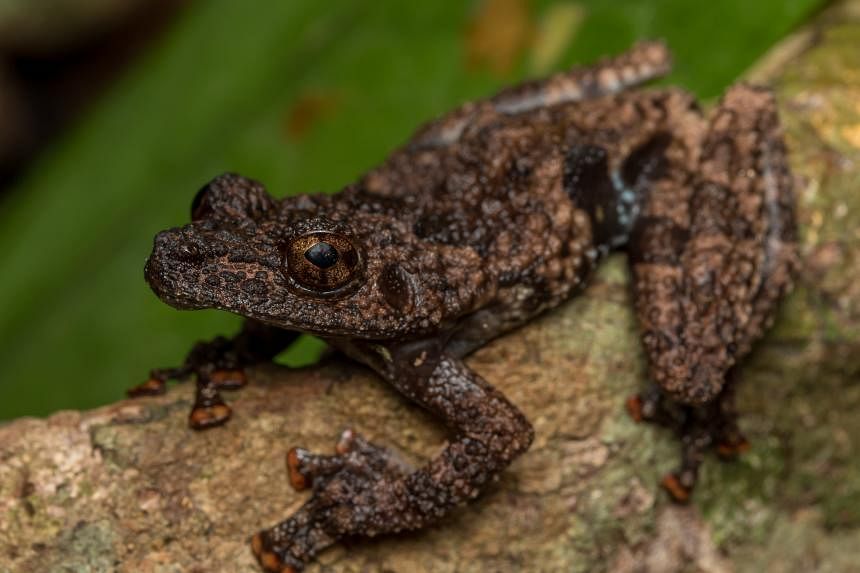SINGAPORE – For the past decade, two Singaporean brothers have been on the hunt for a rare tree-hugging frog, whose bark-like skin provides it with the perfect cloak of invisibility to evade predators.
Unlike poachers, however, zoology graduates Law Ing Sind and Law Ingg Thong are not after the mottled amphibian itself but its vocals, which have never been recorded before.
The thorny bush frog (Theloderma horridum) – which can also be found in Indonesia, Malaysia and Thailand – is one of seven critically endangered frog species in Singapore.
Its croak is still missing from Singapore’s most extensive open-access library of frog calls, managed by the siblings.
The library is a resource that has been tapped by scientists here and abroad as they study and work to conserve frogs, which are threatened by the loss of natural habitat due to human development.
Each frog species makes a unique, repetitive call akin to a language that can be understood only by their kind.
Said Mr Law Ingg Thong, 26: “These calls can be used to learn what the different species in Singapore sound like, or to be able to detect and correctly identify frog species in the field.”
To mark World Frog Day, which fell on March 20, The Straits Times dove into the siblings’ efforts to save the frogs through sound.
As the tiny amphibians are heard more often than they are seen, frogs can be hard to spot due to their size and stealth.
Mr Law Ing Sind, 27, said: “ A repository of calls makes it easier for researchers and citizen scientists to take stock of rare and endangered frogs, especially when surveying large areas for population studies or biodiversity assessments.”
Dr Chan Kin Onn, the former curator of herpetology – the study of reptiles and amphibians – at the Lee Kong Chian Natural History Museum, said that bioacoustics, which is the study of animal sounds, is an important tool for biologists to differentiate one species from another.
“We can also use bioacoustics to understand how species evolve and how new species form,” said Dr Chan, who now specialises in researching genetic material at the University of Kansas Biodiversity Institute and Natural History Museum.
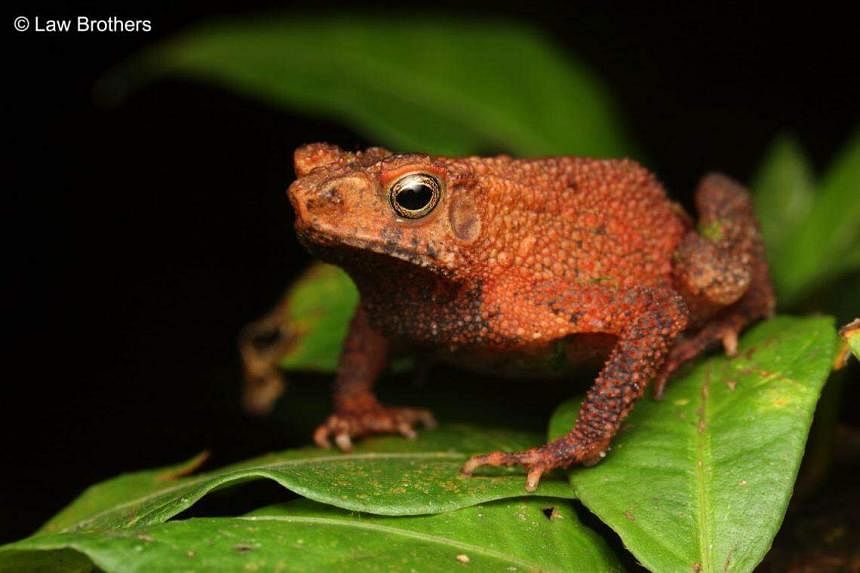
In most species, only the male frogs produce calls, which are used to attract females and ward off other males.
In a fraction of frog species, however, females can also call, noted biologist Ulmar Grafe, who helped start a frog call library for Borneo.
A 2017 study he co-authored found that female smooth guardian frogs (Limnonectes palavanensis) on the island called more often than males.
Despite the key role that sound plays in tracking frogs, the Law brothers noticed that, unlike Malaysia, Singapore lacked a publicly available resource to discern the calls of frogs in Singapore.
So they set out to do so, investing hundreds of dollars in sound equipment that can yield high-resolution audio data. They started the project in 2019 under the Herpetological Society of Singapore, a group they co-founded with friends to study and educate the public about reptiles and amphibians.
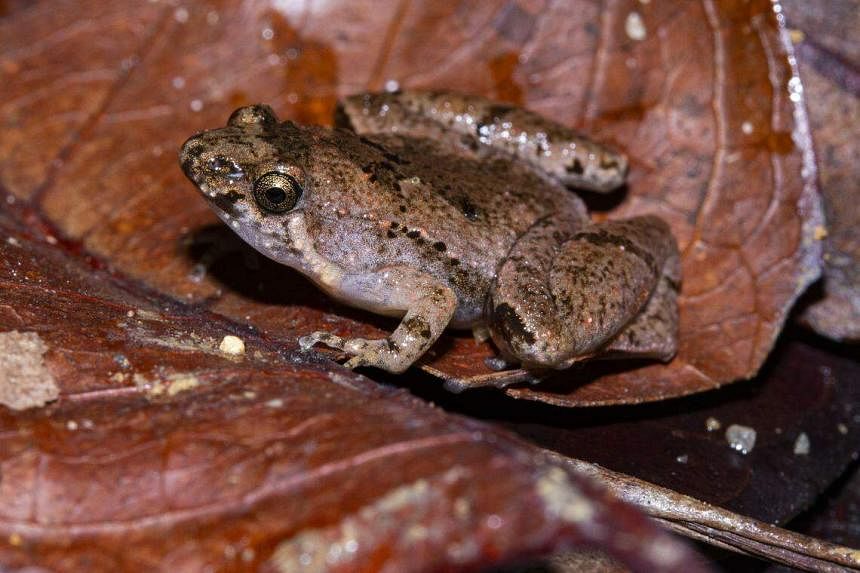
To date, they have compiled the calls of 27 out of 29 species of frogs – both native and introduced – in Singapore’s forested and urban areas.
Said Mr Law Ingg Thong: “Some frogs sound a lot like insects, which is why it is important to be able to see the frog calling when the recording is made or to have seen the individual calling to be able to associate that call with the species.”
This patience to personally verify each frog has taken the brothers to mature forests that harbour the tiny Manthey’s chorus frog, which is about the size of a 20-cent coin, and swamp forests where the golden-eared, rough-sided frog dwells.
Commending how the brothers have made the results of their hard work freely accessible, Dr Chan said: “This data is especially useful for researchers outside of Singapore who conduct comparative studies.
“Instead of having to spend a lot of time and money to fly to Singapore to record calls, they can now click a few buttons and get the data they need from the online library.”
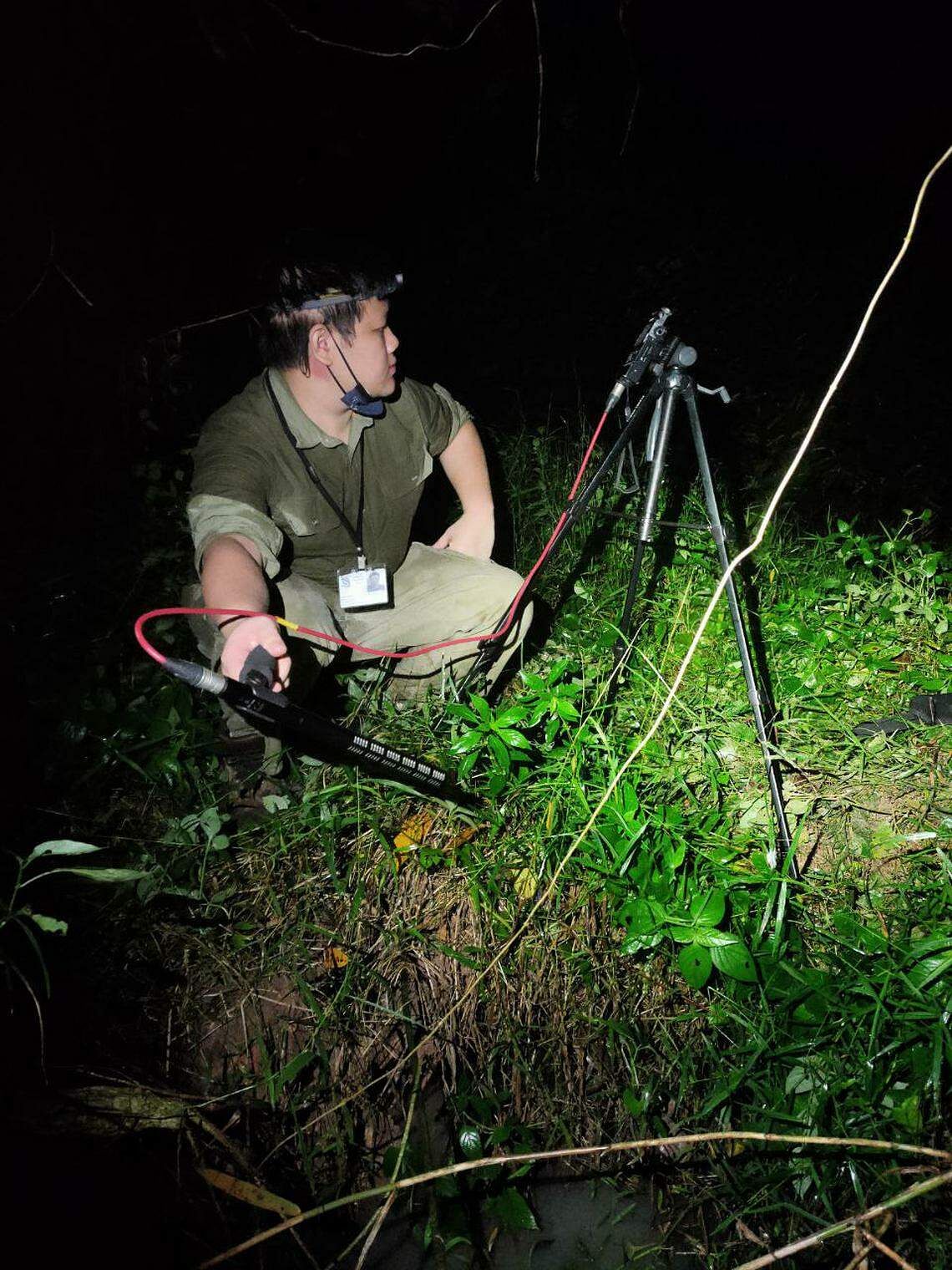
Apart from aiding researchers in recognising frogs, the library has been used to train artificial intelligence models to track the fauna, dispensing with the need for time-consuming surveys involving trained specialists.
Around the world, networks of remote sound sensors have been deployed to monitor forests round the clock in a non-invasive way.
Mr Law Ing Sind said: “Using the repository as a reference point, algorithms processing data from these sensors can identify trends like the activity, presence and absence of these frogs.”
In 2023, the library was used in such a manner by teams from Spain and Brazil during the semi-finals of the XPrize Rainforest competition, when entrants were tasked to survey parts of the Central Catchment Nature Reserve, Singapore’s largest nature reserve. The international competition aims to develop novel biodiversity monitoring technology.
Their library has even caught the attention of the National Parks Board (NParks).
NParks uses bioacoustics to study and monitor populations of amphibians in Singapore. Its staff consult ground-up frog call libraries when they encounter calls that they are unfamiliar with, said the National Biodiversity Centre’s group director Sophianne Araib.
She said: “These monitoring efforts help us determine the amphibian species’ richness and their populations over time, and allow us to develop more effective management strategies to sustain or even enhance their numbers.”
As part of the board’s species recovery programme, cinnamon bush frogs (Nyctixalus pictus), once believed to be widespread in the country’s pristine forests, were introduced to the rainforest section of Singapore Botanic Gardens in 2017. The nocturnal species now thrives and breeds there, said Ms Sophianne.
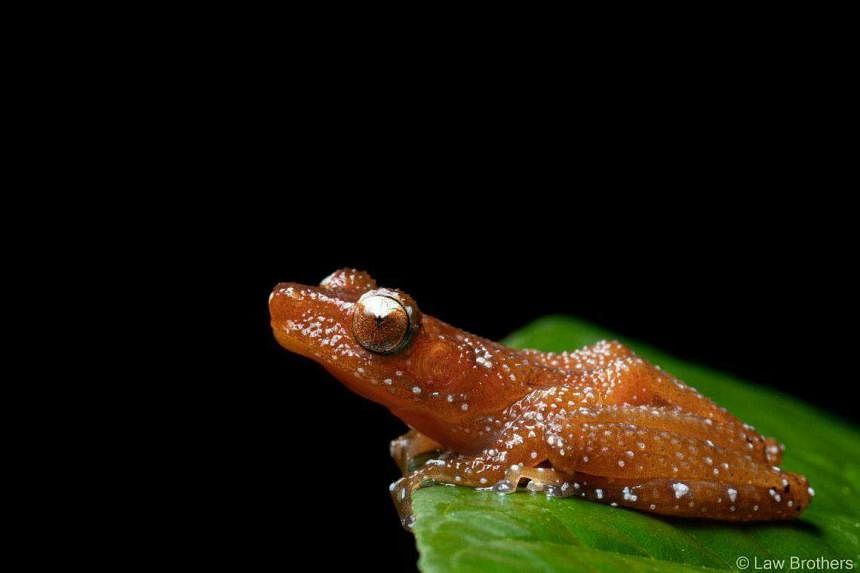
The Law brothers, their mission incomplete, continue to trawl Singapore’s wild spaces nearly every week in the hope of encountering the remaining frogs on their list.
While the thorny bush frog has been spotted several times in the Nee Soon Swamp Forest and Bukit Timah Nature Reserve, its last logged sighting here was in 2011.
The siblings narrowly missed the chance to record its call in Malaysia.
In 2020, while surveying the tropical rainforest of Panti Bird Sanctuary in Johor, they came within a whisker of collecting the elusive thorny bush frog’s call when Mr Law Ing Sind found one in a tree. These frogs are known to climb up to 3m above the ground.
His brother said: “It stayed there after multiple visits, so we thought it’s probably a male guarding the tree hole, and we even found eggs and tadpoles in the hole. We got a passive recorder, intending to set it up nearby in hopes that the call could be captured.”
But before they could do so, borders closed due to the Covid-19 pandemic, and by the time they were able to make another trip nine months later, the frog was gone.
Even so, they remain undeterred in their quest to catch all the calls.
Said Mr Law Ingg Thong: “There’s always a sense of accomplishment when we get a good recording, because we’re one step closer to finishing our compilation of calls by frog species in Singapore.”
